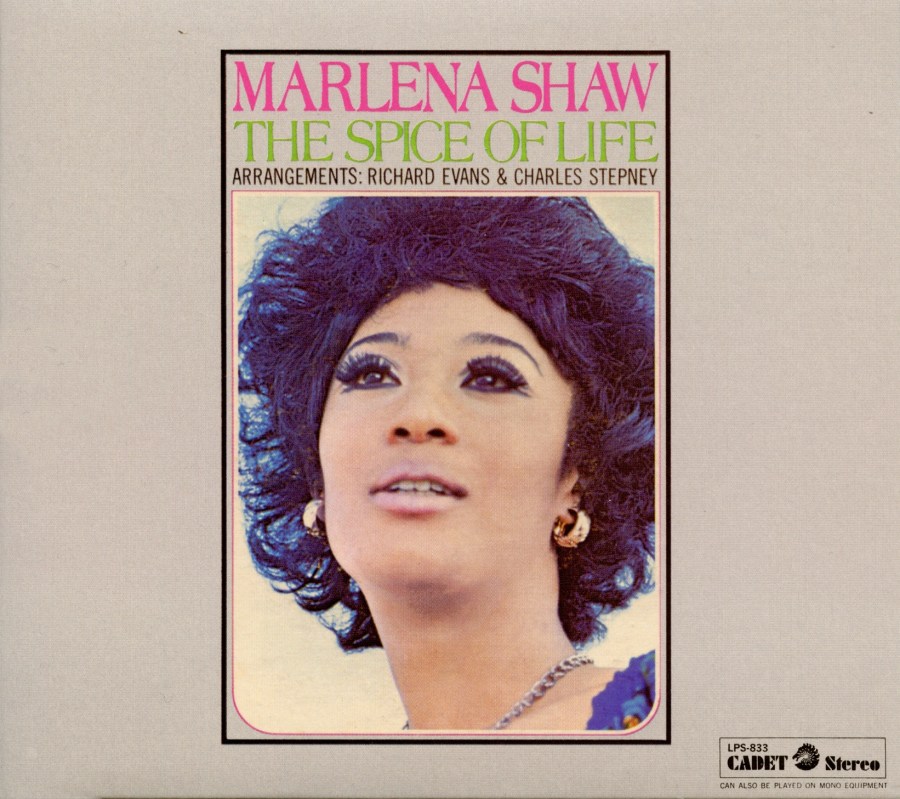
Cab Calloway. Image courtesy Michael Ochs Archives, Getty Images.
Aug 26, 2010–Mar 22, 2011
Yiddish Jive? Sit down and relax or sing along and dance!
Black Sabbath: The Secret Musical History of Black-Jewish Relations is a musical journey through a unique slice of recording history—the Black-Jewish musical encounter from the 1930s to the 1960s. In contrast to the oft-told story of how Jewish songwriters and publishers of Tin Pan Alley and Broadway transformed Black spirituals, blues, and jazz into the Great American Songbook, scant attention has been paid to the secret history of the many Black responses to Jewish music, life, and culture. From Johnny Mathis singing “Kol Nidre” to Aretha Franklin's 1960s take on “Swanee,” visitors can learn how Black artists treated Jewish music as a resource for African American identity, history, and politics.

Cab Calloway. Image courtesy Michael Ochs Archives, Getty Images.
Beginning in the 1930s, the song “Eli Eli”—based on King David’s lament in the 22nd Psalm—became a staple for left-leaning progressives like Paul Robeson and a must-cover for Black artists like Duke Ellington and Ethel Waters. For Waters, the song spoke to a history of shared suffering. “It tells the tragic history of the Jews as much as one song can,” she said, “and that history of their age-old grief and despair is so similar to that of my own people that I felt I was telling the story of my own race too.”
Friendship and working relationships with Jews were the inspiration for several forays by Black artists into Yiddish jive. Cab Calloway was probably the best-known “Afro-Yiddishist,” mixing his own hepcat jive tongue-twisting with a constant flow of swinging Yiddishisms and spoofs on cantorial pyrotechnics with songs like the 1939 “Utt Da Zay.” Calloway’s exposure to both Yiddish and the rhythms of Jewish prayer were a result of his close friendship with his Odessa-born Jewish manager Irving Mills.

Marlena Shaw, The Spice of Life. Image courtesy Michael Ochs Archives, Getty Images.
By the 60s, artists like jazz and soul singer Marlena Shaw found particular resonance between post-Holocaust Jewish songs that expressed the desire for a promised land and the civil rights movement. Shaw proved that the question posed in Yiddish song king Leo Fuld’s “Where Can I Go?” / “Vu Ahin Zol Ikn Geyn?” (based on a song Fuld heard performed by a survivor of the Warsaw Ghetto) was not just a Jewish question, but also a Black one.
The Oscar-winning theme to the movie Exodus about the founding of Israel was covered by scores of Black artists—Jimmy Scott, Ray Charles, Lionel Hampton—who often saw the birth of Israel as a victory for the oppressed. Lena Horne’s incisive 1963 rant against civil rights abuses “Now!” was composed to the otherwise joyous tune of “Hava Nagila.” Old Testament stories were reborn as black spirituals as well.
The eight year (1964–72) Broadway run of Fiddler on the Roof turned the show’s music into a must-cover songbook for just about everyone with a record deal. The jazz saxophone legend Cannonball Adderley re-imagined the whole Fiddler opus as swinging jazz instrumentals in 1964. The Temptations created a Fiddler medley in 1969 that was part gospel, part funk, and part jazz. Songs of shtetl nostalgia had become American pop standards with room for everybody.
Within a nightclub setting that evokes the 1940s, these songs and more, including rare and unusual recordings, can be heard at the exhibition’s two iPad listening stations. Each station features a curated group of songs arranged around a particular theme. The “Heebie Jeebies” playlist focuses on jive. The “Go Down Moses” playlist features spirituals and soul music inspired by the Old Testament. Liner notes from the compilation by the Idelsohn Society of Musical Preservation on which the exhibition is based can be accessed via a special Black Sabbath application on The Museum’s iPads. Visitors can view vintage videos of performances such as a 1966 TV appearance by Danny Kaye and Harry Belafonte singing “Hava Nagila” and Nina Simone singing the Israeli folk favorite “Eretz Zavat Chalav” in Hebrew. Still images and album covers can be viewed as projections on the soaring wall of The Museum’s Stephen and Maribelle Leavitt Yud Gallery.

Cab Calloway. Image courtesy Michael Ochs Archives, Getty Images.
Black Sabbath: The Secret Musical History of Black-Jewish Relations is organized by The Contemporary Jewish Museum with guest curators Roger Bennett, Courtney Holt, David Katznelson, and Josh Kun of The Idelsohn Society for Musical Preservation.
The Koret and Taube Foundations are the lead supporters of the 2011–2012 exhibition season.
Billie Holiday. Image courtesy Michael Ochs Archives, Getty Images.